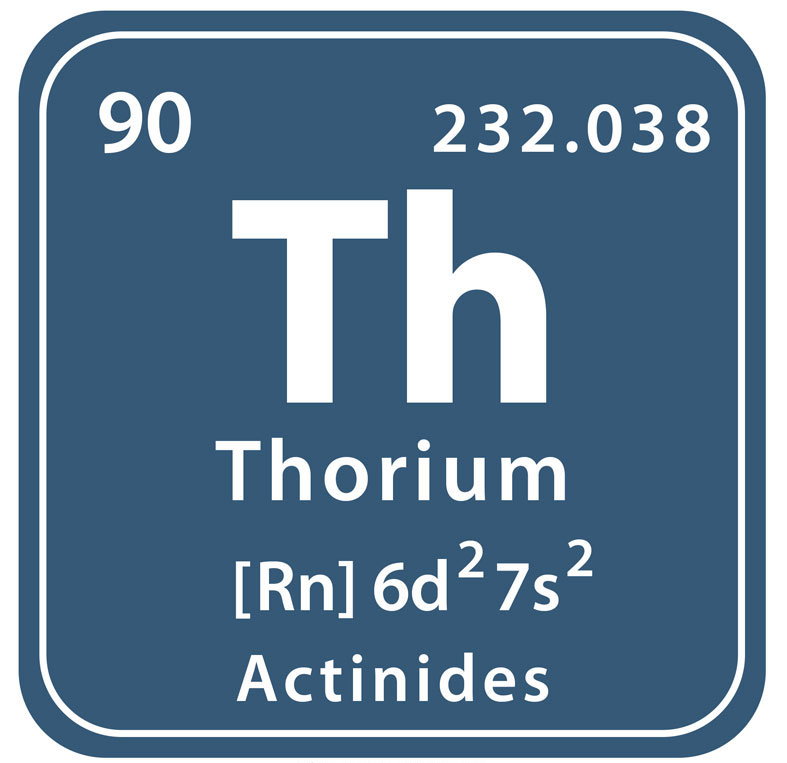Flibe Energy Liquid Fluoride Thorium Reactor Company
Kirk Sorensen presented an Introduction to Flibe Energy at the Thorium Energy Conference 2011 (55 pages)
Flibe Energy will initially design, develop and demonstrate a small modular liquid-fluoride thorium reactor (SM-LFTR) for the US military.
* Desired first demonstration at a military site to be determined.
* Design power level of 20-50 MWe.
The SM-LFTR is the precursor to much larger, utility-class LFTRs operating at the 250-300 MWe power generation scale.
* Factory-produced and modular, with lower capital costs like gas turbines.
* Extremely low fuel-cycle costs through use of thorium in a liquid fluoride form.
Small Rugged Reactor (SRR) LFTR Concept
The military is exploring use of small rugged reactors capable of operating in dangerous and remote areas.
We are designing small rugged LFTRs for this purpose.
The SRR LFTR would
Operate at low pressure
Operate at high temperatures
Drive closed-cycle gas turbines
Use waste heat for desalination
Be portable and easy to assemble and disassemble
Could eventually generate syn-fuels on site
Why Liquid-Fluoride Thorium Reactors?
Technical Advantage:
* Inherent, passive safety through fluid fuel form and low pressures.
* High temperature operation offers high conversion efficiencies and air cooling offers siting flexibility away from water bodies.
* Extremely low fuel preparation costs, no fuel fabrication costs.
* Excellent chemistry match with thorium/uranium fuel cycle.
* Salts are chemically stable and impervious to radiation damage, enabling unlimited fuel burnup and continuous solvent recycling.
* Uranium-233 fissile fuel is highly unsuitable for weapons diversion and is readily blended down with depleted uranium in an emergency.
Technical challenges
*Salts can be aggressive to metals and other structural materials.
* High-temperature operation naturally presents design challenges.
* Technology base has largely stagnated for 40 years.
* LFTR technology is very different from the water-cooled, uranium-fueled reactors that are the basis for current nuclear power generation, and is not yet fully understood by regulatory agencies and officials.
Conclusion
* Nuclear technologies can be measured by several considerations
– Primary coolant limits efficiency and sets pressure
– Primary fuel determines waste generation and sustainability
* LFTR technology has the potential for:
– High temperature
– Low pressure
– Very low waste generation (and ready use of recovered “waste”)
– Sustainable resource base
* High-temperature generation offers deployment flexibility
– Air-cooling enables deployment away from water sources
* Thorium fuel offers deployment and supply stability
– Dense fuel source enables lifetime fuel commitments
– Flibe Energy aspires to be the world leader in the design, development, manufacture and deployment of liquid-fluoride thorium reactors!
Brian Wang is a Futurist Thought Leader and a popular Science blogger with 1 million readers per month. His blog Nextbigfuture.com is ranked #1 Science News Blog. It covers many disruptive technology and trends including Space, Robotics, Artificial Intelligence, Medicine, Anti-aging Biotechnology, and Nanotechnology.
Known for identifying cutting edge technologies, he is currently a co-founder of a startup and fundraiser for high potential early-stage companies. He is the Head of Research for Allocations for deep technology investments and an Angel Investor at Space Angels.
A frequent speaker at corporations, he has been a TEDx speaker, a Singularity University speaker and guest at numerous interviews for radio and podcasts. He is open to public speaking and advising engagements.



Comments are closed.